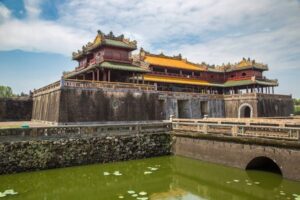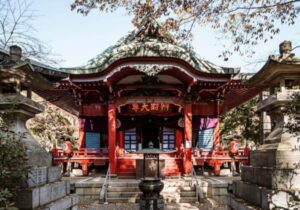The Travel Blog
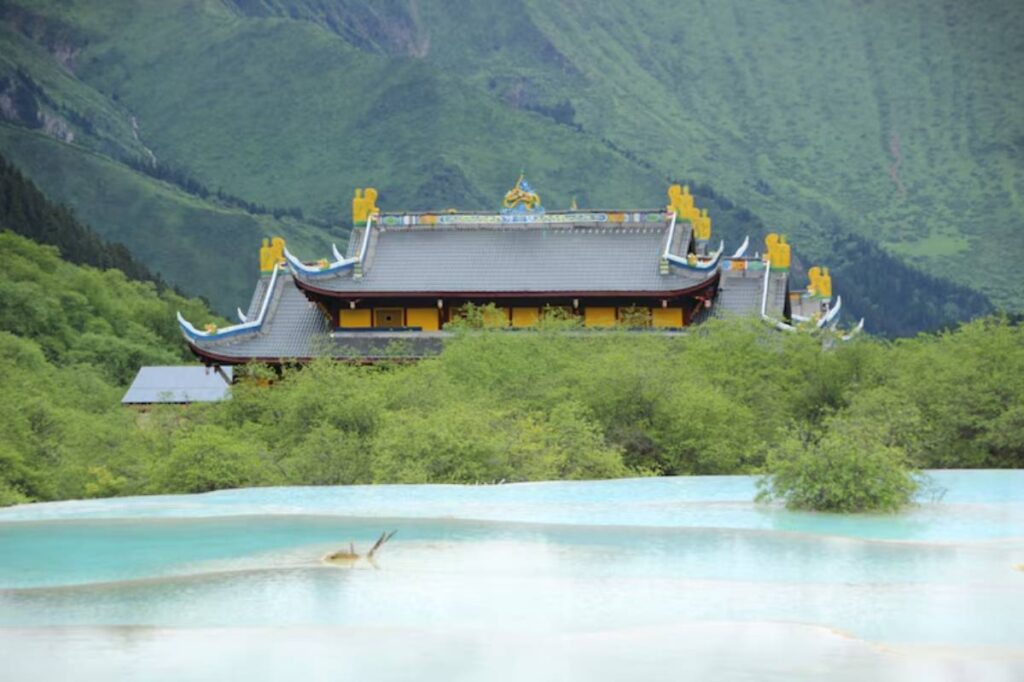
Tagong, China: Tibetan Culture in the Grasslands
A Journey into the Heart of Tibetan Tradition Beyond the Tourist Trail
High in the Sichuan province of China lies a place where prayer flags dance with the wind and yaks graze freely under the open sky. Welcome to Tagong, China, a remote village cradled in the Kham Tibetan region, where ancient rituals still shape daily life. This is no tourist brochure fantasy — it’s a living, breathing embodiment of Tibetan culture in Asia, far removed from the crowds of Lhasa or popular Himalayan routes.
In this article, you’ll step into the rhythm of Tagong: from sacred monasteries to nomadic yak herding, you’ll gain insight into the real Tibet of China’s grasslands. Whether you’re planning an offbeat travel adventure or simply curious about the deeper layers of Asia’s cultural landscape, Tagong offers something raw, real, and unforgettable.
The Spirit of Tagong: What Sets It Apart

A Cultural Sanctuary in the Kham Region
Unlike other well-trodden Tibetan locales, Tagong isn’t curated for tourists. It’s a humble, spiritually rich town where locals live their heritage daily. With a population that blends Tibetan nomads and Han Chinese settlers, the region has a vibe that’s both rugged and reverent.
Tagong Monastery, or Pel Lhagong, is the spiritual heart of the town. Here, crimson-robed monks chant ancient sutras under the shadow of Yala Snow Mountain. It’s a deeply meditative setting that welcomes respectful outsiders but doesn’t perform for them.
Nomadic Heritage and Yak Culture
Outside the village centre, you’ll find sprawling grasslands dotted with black yak-hair tents. This is home to Khampa nomads, renowned for their hospitality and horsemanship. Their lives revolve around the seasons, animals, and spiritual practices. It’s common to see locals whispering prayers while milking yaks or spinning handheld prayer wheels while tending to herds.
Want to explore more unique highland cultures? Read Skardu, Pakistan: Gateway to the Karakoram Range for an equally captivating adventure.
A Day in Tagong: Traditions in Motion
Morning Chants and Monastic Life
Tagong wakes early. As the first light filters through the mountains, monks begin their day with chants and incense. Visitors who rise early can witness this serene ritual at the monastery. The deep chants echo through the thin air, making you feel connected to something eternal.
Afternoon in the Grasslands
After breakfast (think tsampa and butter tea), locals head to the fields. Some tend yaks, and others head to nearby markets. You might see monks teaching children in informal outdoor classes or artisans working on intricate thangka paintings. Unlike cities, everything in Tagong moves with intentional slowness.
Evening Gatherings and Stories
Evenings are family time. Elders share folktales by the fire, often recounting epic tales of Guru Rinpoche or local spirits. The air fills with the scent of boiled mutton and yak stew. As stars emerge over the vast grasslands, a profound sense of timelessness takes hold.
Cultural Etiquette: Respecting Tibetan Ways
Travelling in Tagong is about more than sightseeing — it’s about participation with humility. Here’s how to engage mindfully:
- Dress modestly when visiting monasteries
- Never touch a monk’s head or prayer items
- Walk clockwise around stupas or sacred structures
- Ask permission before photographing locals or religious icons
The Khampa people are incredibly welcoming, but respect is the gateway to meaningful connections.
Exploring Beyond the Town
Yala Snow Mountain
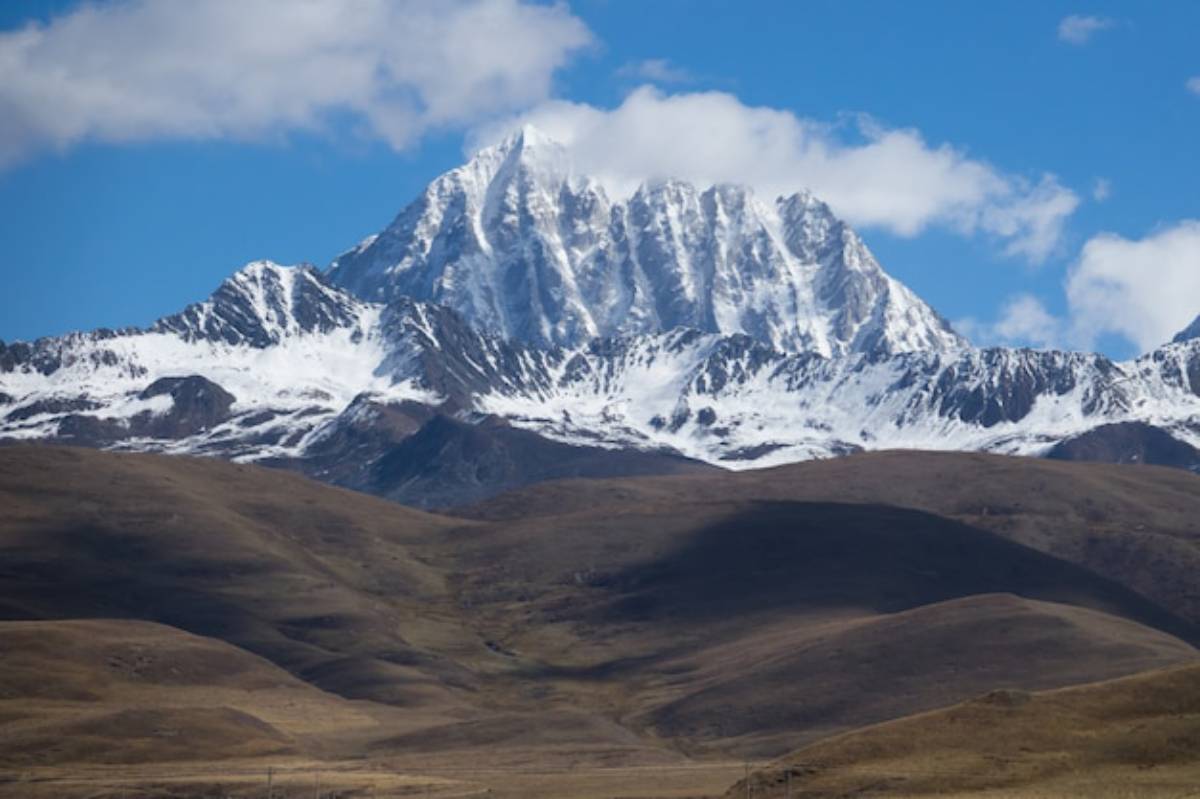
This sacred mountain isn’t just a photogenic peak — it holds religious significance for local Tibetans. While climbing isn’t common, trekking in the lower valleys offers breathtaking views and wildlife encounters.
Nuns’ Monastery at Gyergo
Just outside Tagong is a serene nunnery where women lead chants and maintain the grounds. Visiting here provides a contrast to the male-dominated monastic scenes, offering deeper cultural insight.
Horseback Treks
Several locals offer guided horseback journeys through the grasslands, allowing travellers to live like nomads for a day or two. You’ll sleep in tents, sip yak butter tea, and listen to the wind tell its stories.
Planning a cultural immersion trip? Explore our guide on How to Plan a Cultural Immersion Trip in Lesser-Known Asian Regions.
Getting There and What to Expect
How to Reach Tagong
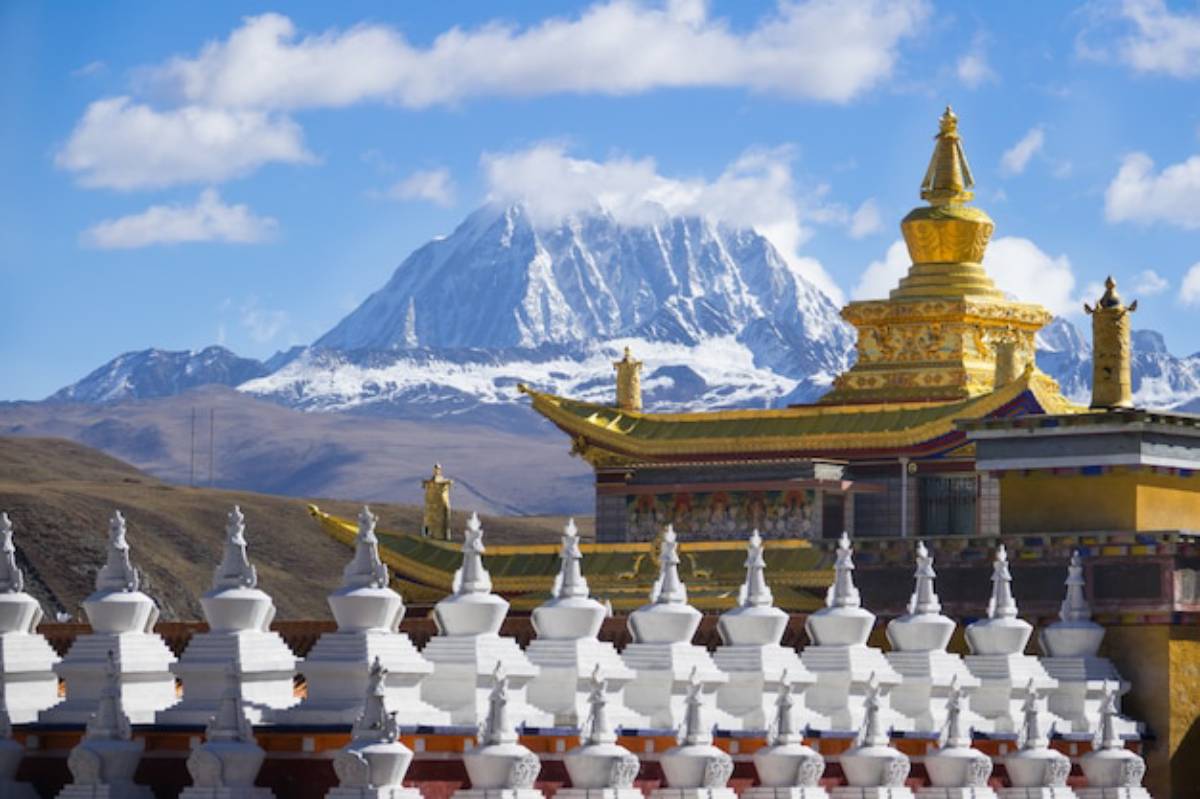
Tagong is about 280 km from Chengdu, accessible via Kangding. Most travellers take a bus or hire a car to Kangding, then continue by shared taxi or local bus to Tagong. The final stretch is mountainous and winding, but absolutely stunning.
Altitude can hit 3,700+ metres. Acclimatise in Kangding for a day before moving on.
Essentials to Pack
- Warm clothing – temperatures drop drastically at night
- Altitude sickness tablets (consult a doctor first)
- Reusable water bottles
- Power banks (limited electricity in remote areas)
- Tibetan phrasebook or app (Google Translate has limited local dialect support)
Why Tagong Should Top Your Offbeat Travel List
Unfiltered Cultural Access
In Tagong, nothing is staged. From the monastery’s morning chants to nomads rounding up yaks, you’re seeing life as it truly is. There’s no filter, no agenda — just raw, resonant human experience.
A Slower, More Meaningful Pace
Forget Instagrammable cafes and crowded temples. Here, you learn to breathe deeply, walk slowly, and listen intently. It’s not just about discovering a place; it’s about rediscovering yourself in it.
Conclusion: Let Tagong Leave a Mark on Your Soul
Travelling to Tagong is like stepping into a world unbothered by time. It’s not about luxury or convenience; it’s about connection, stillness, and authenticity. Whether you’re sitting with a monk, sipping butter tea in a yak tent, or watching clouds drift over Yala Mountain, you’ll find pieces of yourself in this remote corner of China.
If you’re seeking more than just a destination — if you’re searching for stories, for silence, for soul — then Tagong awaits.
Inspired to journey to the Tibetan grasslands? Share this article, leave a comment, or start planning your cultural escape to Tagong, China.



